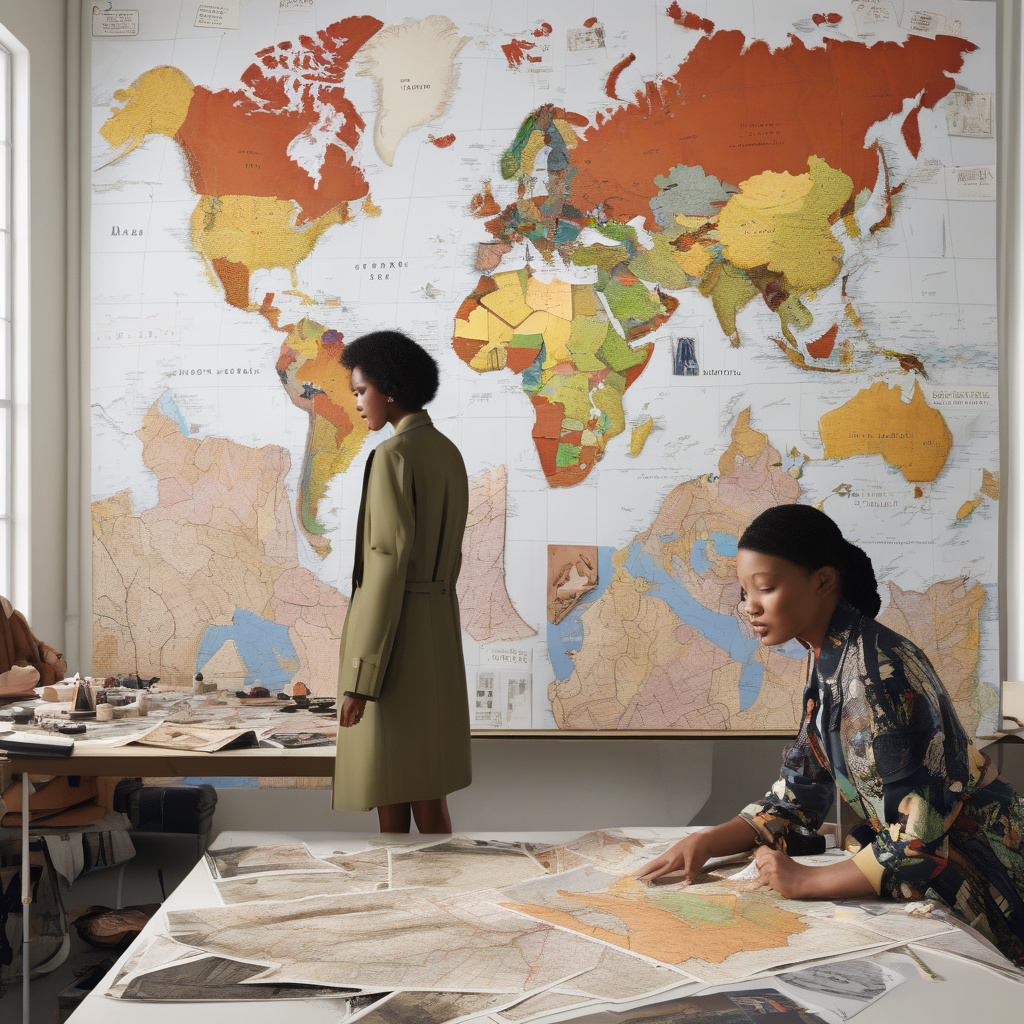Will President Trump Redraw Fashion’s Global Sourcing Map?
The fashion industry is on the brink of a significant transformation, largely influenced by the political landscape and international trade policies. With President Trump’s administration potentially reshaping tariffs and trade agreements, manufacturers across Asia, Europe, Latin America, and Africa are preparing for a seismic shift in sourcing strategies. As brands in the U.S. reassess their supply chains, the implications for global fashion manufacturing could be profound.
In recent years, the U.S. has seen a growing trend toward protectionist policies, which has raised concerns among international manufacturers. The threat of new tariffs could result in increased costs for American brands that rely heavily on imported materials and finished products. This situation compels companies to reconsider their sourcing strategies and potentially relocate production closer to home or to regions with more favorable trade terms.
For instance, many American fashion brands have leaned heavily on Asian manufacturing due to lower labor costs and established supply chains. Countries like China, Vietnam, and Bangladesh have been the backbone of the global fashion supply chain. However, rising tariffs could make these countries less attractive as sourcing destinations. Brands are now faced with the urgent task of deploying complex contingency plans to mitigate potential losses.
One of the immediate consequences of increased tariffs is the shift in sourcing locations. Manufacturers in Europe and Latin America may find themselves in a prime position to capture market share as U.S. brands look for alternatives. For example, apparel companies could pivot to sourcing from Mexico, which benefits from the United States-Mexico-Canada Agreement (USMCA). This agreement allows for preferential tariffs, making it a more economically viable option for U.S. companies to produce goods closer to their home market.
Moreover, Africa is also emerging as a potential alternative for U.S. fashion brands. With initiatives like the African Growth and Opportunity Act (AGOA), which provides duty-free access to the U.S. market for certain goods, African manufacturers could become more appealing to brands looking to diversify their supply chains. Countries such as Ethiopia and Kenya have been proactive in developing their textile and apparel sectors, aiming to attract foreign investment and partnerships.
The potential for shifting trade flows is not just a question of geography; it also raises concerns about quality, ethical labor practices, and sustainability. Brands must ensure that their new sourcing partners align with their values and adhere to acceptable labor standards. In an era where consumers are more conscious about the origins of their clothing, maintaining transparency and ethical practices is vital.
Additionally, the COVID-19 pandemic has already disrupted global supply chains, revealing vulnerabilities and weaknesses. As brands face ongoing challenges, the prospect of new tariffs adds another layer of complexity. Many companies are now considering the benefits of nearshoring and onshoring, which involve relocating production to countries closer to the U.S. market. This strategy not only reduces shipping times and costs but also allows brands to respond more swiftly to changing consumer demands.
Brands are also investing in technology and automation to enhance efficiency and reduce dependency on low-cost labor. The integration of advanced manufacturing technologies, such as 3D printing and AI-driven design, enables companies to produce garments in smaller batches and customize products to meet unique consumer needs. As a result, the fashion industry is likely to see a shift towards a more localized and nimble production model.
In conclusion, the potential changes in U.S. trade policy under President Trump could significantly reshape the global fashion sourcing landscape. Manufacturers worldwide must remain vigilant and adaptable as American brands reassess their supply chains in light of new tariffs. By exploring alternative sourcing locations and investing in new technologies, the fashion industry can not only survive but thrive in this evolving environment. The future may see a more diversified sourcing map, with a blend of traditional and emerging markets playing a crucial role in shaping the industry’s trajectory.
#fashionindustry, #globalsourcing, #tariffs, #supplychains, #tradepolicy
